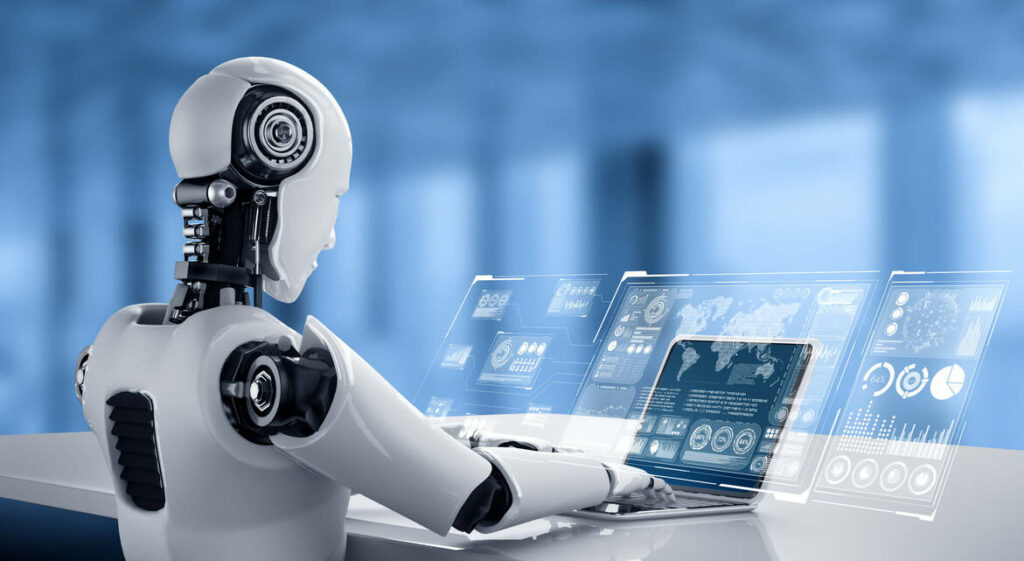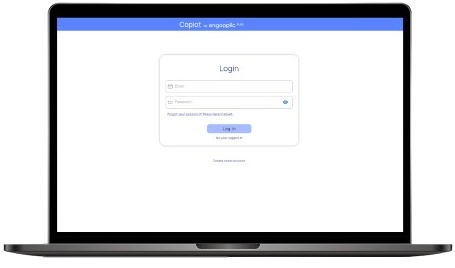IIoT - Connecting solar panels
What are the benefits of connecting solar panels to the cloud? How do I implement IoT?
We explore how connecting solar panels to the Internet of Things (IoT) revolutionizes the solar industry. You will learn how IoT enables real-time monitoring, optimization and cost reduction, transforming solar power generation into a more efficient and sustainable solution.

Solar Energy and the Potential of IoT
In a world increasingly aware of the importance of sustainability and reducing carbon footprint, solar energy has emerged as a powerful force in clean, renewable electricity generation. The ability to harness the sun’s energy to power our energy needs is undeniable, and its adoption has been increasing in homes and businesses around the world.
However, the energy revolution does not stop here. The convergence of solar energy and the Internet of Things (IoT) has led to a synergy that goes beyond simple electricity generation. By connecting solar panels to the IoT, we are transforming the way we manage and harness solar energy. This not only boosts the efficiency and performance of solar installations, but also offers a smarter and more sustainable approach to energy production.
We will explore in detail how IoT integration in solar is changing the game. You’ll learn about the devices, sensors and networks that make this connection possible, as well as the concrete benefits this brings. From real-time monitoring to efficiency optimization and cost reduction, the marriage of IoT and solar promises a significant transformation in the way we harness this clean, renewable energy source.
The IoT allows you to not worry
Can you imagine being able to forget about monitoring your solar panels? With IoT, it’s possible.
Our IoT systems collect real-time data on the performance of your solar panels. If something goes wrong, you receive an automatic alert. So you can take action quickly and avoid production losses.
Always aware
You will not have to constantly monitor your solar panels. The system will alert you when it automatically detects an anomaly.
Maximizes performance
You avoid production stoppages due to problems with the solar panels. The system detects that the panels are not performing as expected for the current conditions, and alerts you to take action.
Reduces unproductivity
Take action quickly to solve problems. The ROI in case of the panels is linked to energy production, thanks to the IoT guarantees that you will be able to recover the investment in the foreseen period.
Advanced monitoring
The IoT eliminates the need for manual monitoring and generates alerts and alarms automatically, maximizing productivity and reducing downtime to a minimum.
System components
A solar energy production system, or commonly called solar panels, is composed of different systems, among which are usually found:
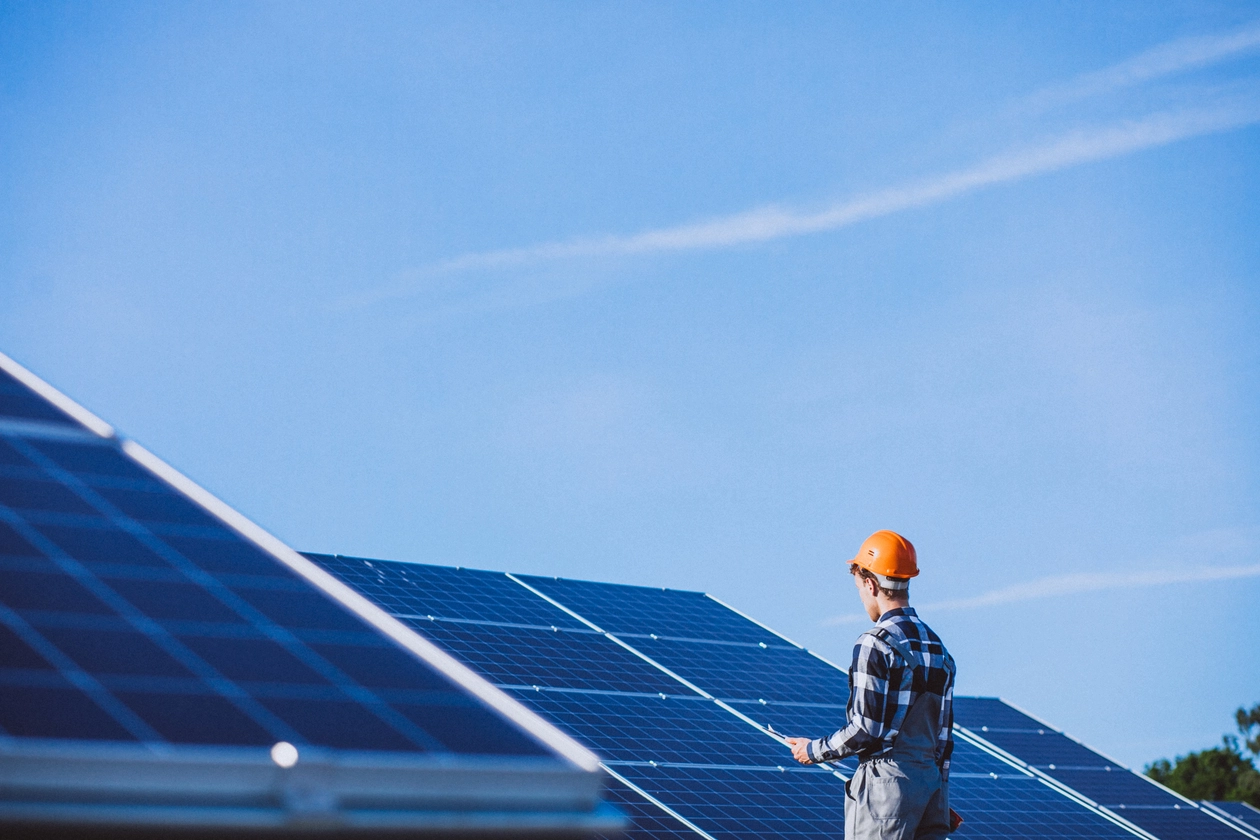
Solar panels
Solar panels are the part that converts solar energy into electrical energy. Sensors installed on the solar panels can collect data on energy production, temperature, humidity and other environmental factors.
Inverters
Inverters convert the direct current produced by solar panels into alternating current, which can be used in homes and businesses. Sensors installed in the inverters can collect data on the inverter’s performance and the quality of the power generated.
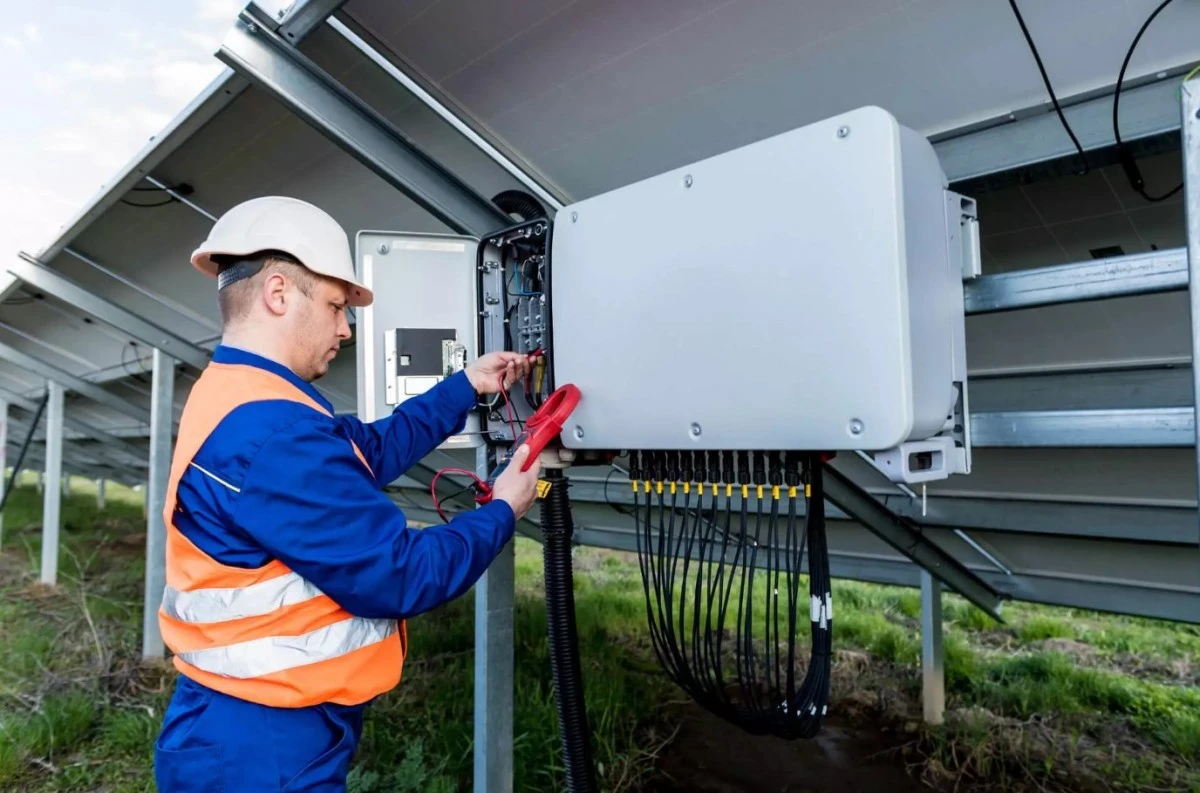
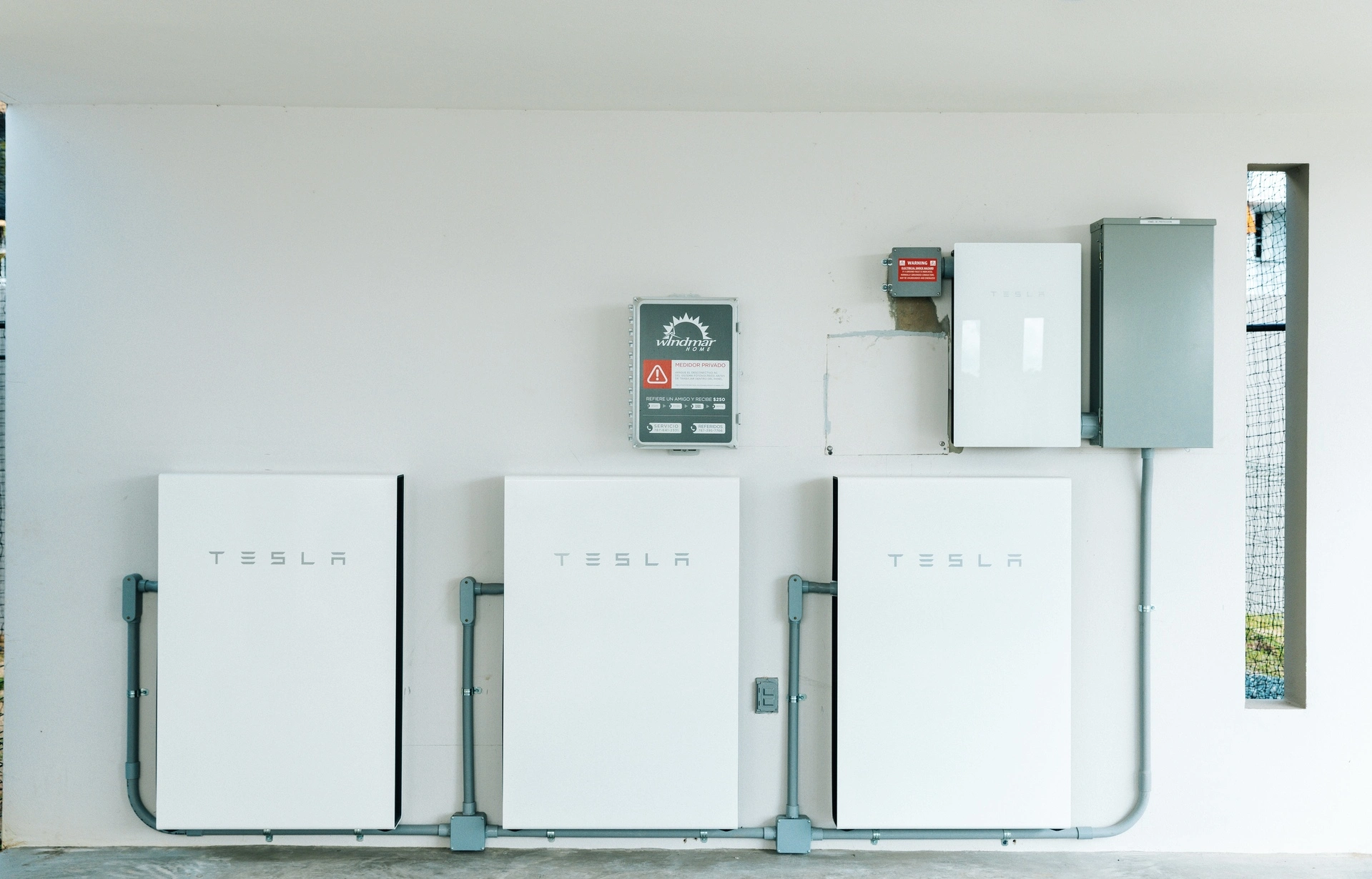
Batteries | Powerwalls
Energy storage systems allow the energy generated by solar panels to be stored for later use. Sensors installed in energy storage systems can collect data on battery status and energy availability.
Control
Control systems are used to manage the operation of the PV system. Sensors installed in the control systems can collect data on the status of the installation and alarms.
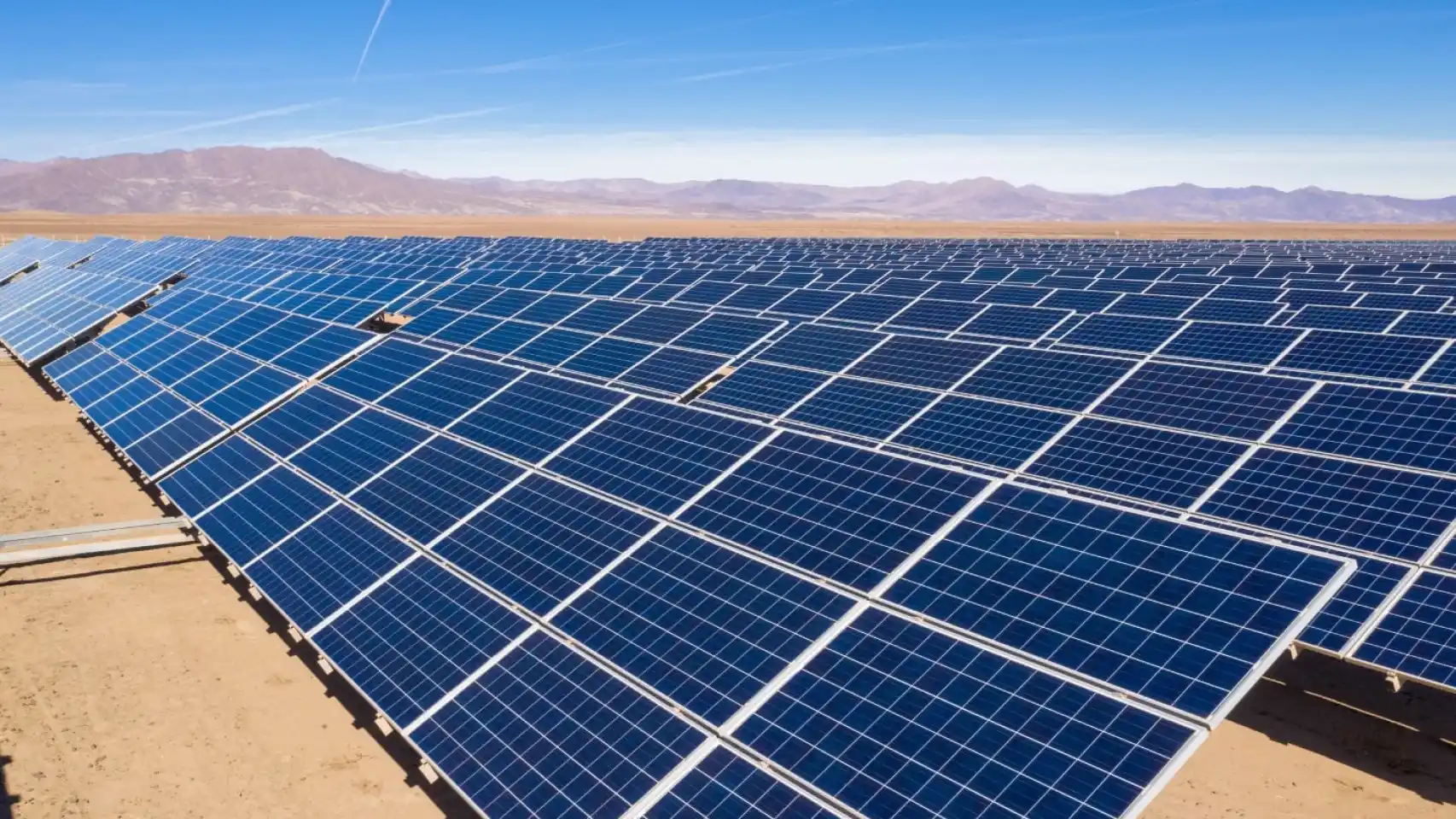
Connecting these systems to the IoT allows real-time data to be collected on the performance of the PV system. This data can be used to improve performance, reduce cost and improve the safety of the installation.
Below are some specific examples of how IoT data can be used to improve the performance of a PV installation:
- Troubleshooting: Data on energy production, temperature and humidity can be used to identify problems with solar panels, inverters or energy storage systems.
- Performance optimization: Data on environmental conditions can be used to optimize the orientation and tilt of solar panels for maximum performance.
- Maintenance planning: Data on system performance can be used to plan preventive maintenance.
Find out more about the benefits of IIoT in this article.
How to implement IoT?
Tired of having to manage different platforms for your photovoltaic installations?
Most manufacturers offer plug&play IoT systems for their devices, but this can be a problem if you have an installation with components from different brands.
With different platforms, you will have to manage different interfaces, different databases and different analysis tools.
This can make data visualization and data analysis difficult.
Want to simplify your life?
Use a system that allows you to unify data collection and information generation.
With a single system, you will be able to manage all your data from a single place.
This will allow you to visualize your data clearly and easily, and analyze it efficiently.
Our proposal: CopioT
CopioT is an innovative SaaS that simplifies IoT deployment. With its powerful platform, you can configure and connect IoT devices quickly and easily. Monitor and manage your devices in real time, leveraging the secure and scalable infrastructure of leading cloud platforms, AWS and Azure. CopioT provides a seamless and hassle-free experience, allowing enterprises and developers to focus on realizing the full potential of IoT. With CopioT, the path to effective and successful IoT is at your fingertips – discover a new dimension of efficiency and control!
Business Intelligence
An example of an application of the combination of IoT and BI in solar panels is the monitoring of energy production. IoT sensors can collect data on solar radiation, temperature and humidity. This data can be used to create BI reports that show the energy production of solar panels over time. This information can be used to identify patterns and trends that can help companies optimize the operation of their PV systems.
Another application example is fault detection. IoT sensors can be used to monitor the status of solar panels. If a fault occurs, the IoT data can be sent to a BI system for analysis. The BI system can identify the type of failure and provide information on the cause of the problem. This information can be used to take corrective action and prevent further failures from occurring.
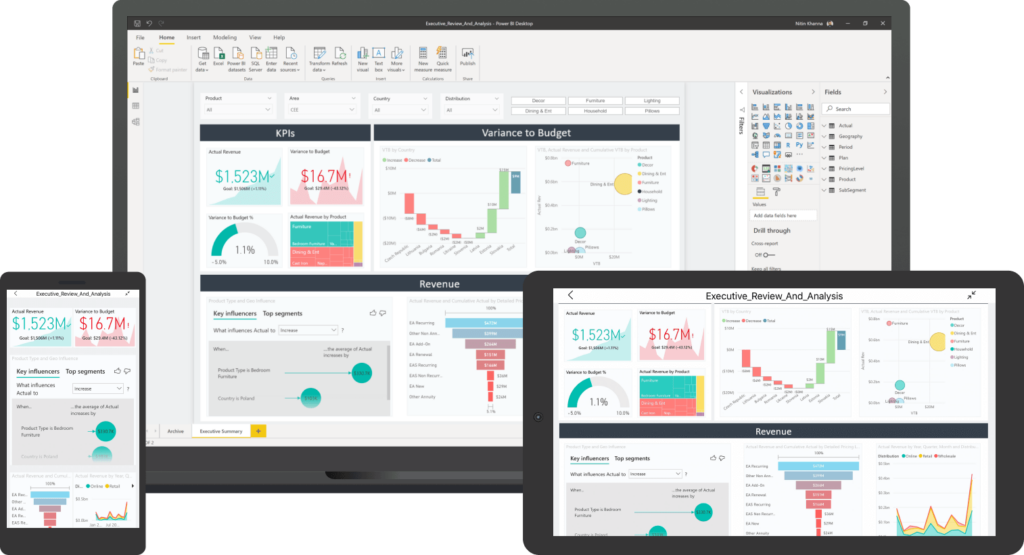
Predictive Maintenance, ML, IA
Predictive Maintenance, machine learning and inteligencia artificial in conjunction with IoT and cloud data storage offers a powerful synergy to optimize various aspects. Predictive maintenance makes it possible to foresee failures and plan interventions before they occur, reducing costs and increasing efficiency. Machine learning and artificial intelligence analyze large volumes of data in real time, identifying patterns and trends to make smarter decisions. Processes are optimized, product quality is improved and innovation is driven. The ability to remotely access data in the cloud enables agile management and informed decision making, creating an advanced and competitive technology ecosystem.
